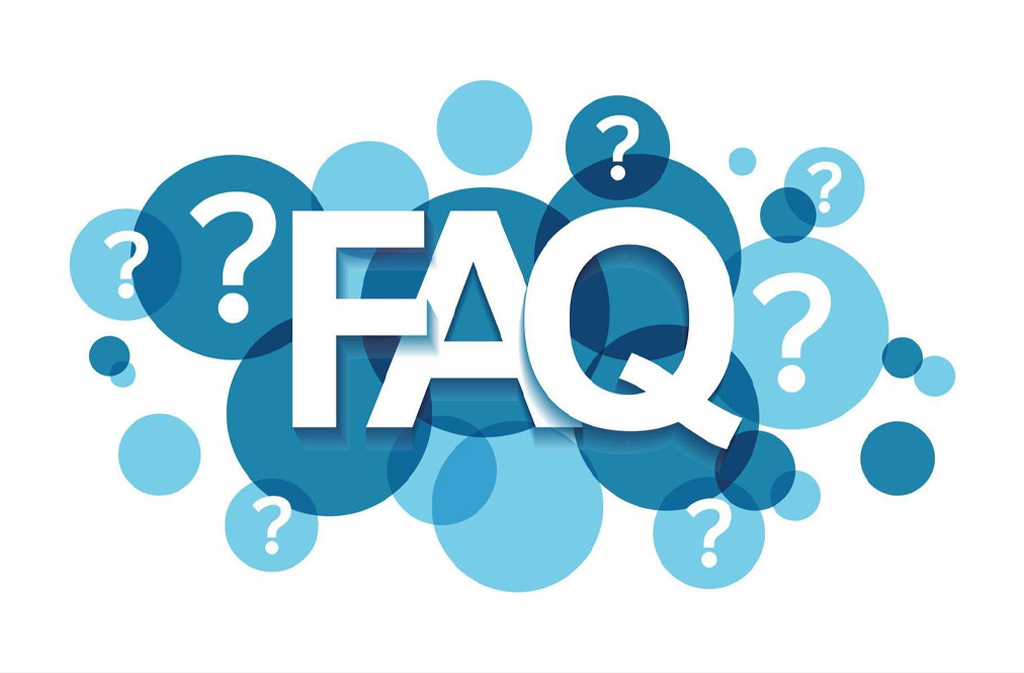Viltnemnda is a local wildlife committee found in Norwegian municipalities. It handles issues related to wild animals, hunting, and conservation. The name “Viltnemnda” comes from the Norwegian words for “wildlife board,” and it represents a group of people who manage wildlife on behalf of local authorities.
The main job of the committee is to make sure the balance between humans and nature stays healthy. This includes protecting animals, managing hunting permits, and helping local communities deal with wildlife challenges such as injured animals or traffic accidents involving wild species.
The Role and Purpose of Viltnemnda
Viltnemnda plays a vital role in maintaining Norway’s natural balance. Its members are often trained or experienced in wildlife management. They help ensure that both animals and people can share the same environment safely. Through careful monitoring, the committee supports the long-term protection of local ecosystems.
In addition, the group acts as a bridge between local residents and national wildlife authorities. It gives advice, shares knowledge, and ensures that hunting and conservation laws are followed. This cooperation helps create a sustainable relationship between humans and wildlife.
How Viltnemnda Operates
Viltnemnda works under municipal control, meaning each local government sets up its own committee. Members are usually appointed for a set period, often based on their knowledge of animals or local conditions. They meet regularly to discuss issues, plan projects, and review reports about wildlife in their area.
The committee also responds quickly when something happens in the wild. For example, if a moose or deer is injured, members may work with the police or hunters to handle the situation humanely. Because of this, the committee is often seen as a trusted and important part of the local community.
Importance of Viltnemnda in Wildlife Management
One of the key goals of Viltnemnda is to maintain balance in nature. Without management, some animal populations could grow too large, leading to accidents or damage to crops and forests. The committee helps prevent these problems through responsible planning.
Furthermore, the group encourages ethical hunting practices. By setting clear rules, it makes sure hunters follow safe and fair methods. This not only protects animals but also preserves Norway’s strong outdoor traditions for future generations.
Viltnemnda and Human-Wildlife Conflicts
Human-wildlife conflicts can happen anywhere, especially in areas where animals and people live close together. Viltnemnda helps solve these problems calmly and fairly. For example, when animals wander into towns or roads, the committee works to keep both people and animals safe.
At the same time, the group focuses on teaching the public how to live alongside wildlife. It offers advice on avoiding dangerous encounters and respecting natural habitats. This educational approach helps build awareness and reduces future conflicts.
Training and Knowledge in Viltnemnda
Members of Viltnemnda are not just volunteers; they often have strong knowledge of local ecosystems. Some come from farming, forestry, or hunting backgrounds, while others study animal behavior or conservation. Their mix of experience allows them to make wise decisions.
To stay updated, many committees also take part in training sessions. These focus on safety, animal welfare, and environmental laws. Continuous learning helps members handle both everyday tasks and unexpected wildlife events more effectively.
Cooperation Between Viltnemnda and Other Agencies
Viltnemnda does not work alone. It cooperates with local police, environmental departments, and volunteer hunters. Together, they make quick and responsible decisions when animals are in distress or pose a danger. This teamwork ensures that wildlife is treated with respect.
Moreover, coordination with national wildlife authorities helps share data and improve conservation efforts. Through this network, each committee contributes to Norway’s larger goal of sustainable wildlife management.
Challenges Faced by Viltnemnda
Like any organization, Viltnemnda faces challenges. Increasing traffic, changing climates, and urban growth can all affect wildlife. The committee must adapt to new problems while maintaining its strong ethical values. This often requires creative solutions and good communication with the public.
Another challenge is balancing different opinions. Hunters, animal lovers, and farmers may see things differently. Viltnemnda’s task is to find fair solutions that benefit everyone while keeping the natural environment safe and healthy.
Future of Viltnemnda
As Norway continues to grow and change, the work of Viltnemnda remains important. The committee will likely play a bigger role in educating people about living responsibly with nature. With new technology and better data, decisions about wildlife can become even more effective.
In the future, the group may also face new species and environmental shifts. However, with strong cooperation and local involvement, Viltnemnda can continue to protect wildlife while supporting the needs of local communities.
Conclusion
Viltnemnda is more than just a committee—it is a vital part of Norway’s effort to live in harmony with nature. Through education, action, and cooperation, it ensures that wildlife is treated with care and respect. Its balanced approach to hunting, conservation, and safety helps both people and animals thrive.
As environmental challenges grow, Viltnemnda’s work becomes even more essential. By staying true to its mission of responsibility and respect, it continues to serve as a strong example of how humans and wildlife can share the same land peacefully.

FAQs
Q1: What does Viltnemnda mean?
Viltnemnda is a Norwegian term for a local wildlife committee that handles issues related to wild animals, hunting, and conservation.
Q2: Who are the members of Viltnemnda?
Members are usually local residents chosen for their experience or knowledge of wildlife, hunting, or environmental work.
Q3: What are the main duties of Viltnemnda?
Its main duties include wildlife management, responding to animal-related incidents, and ensuring that hunting rules are followed.
Q4: Does Viltnemnda work with other organizations?
Yes, it often cooperates with the police, hunters, and environmental authorities to protect both animals and humans.
Q5: Why is Viltnemnda important for Norway?
It plays a key role in keeping wildlife populations healthy, reducing conflicts, and maintaining Norway’s natural balance.
Visit our website: Pure Magazine